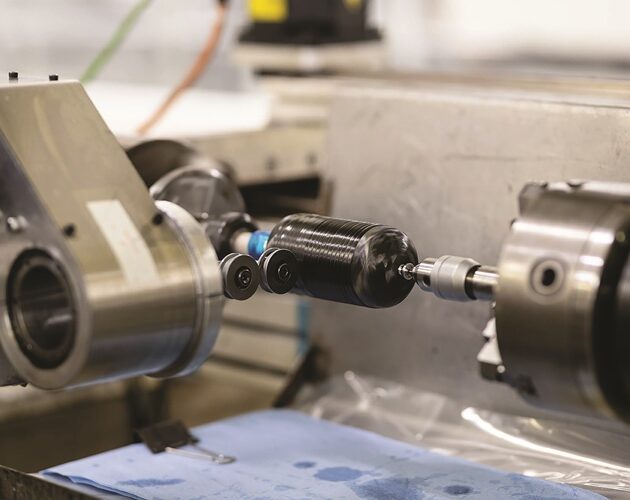
Figure1: Custom-designed, CNC controlled 4-axis filament winding machine
Filament winding is a specialist technique which involves wrapping continuous fibres around a rotating mandrel to create rigid but lightweight components. Polar Technology, an engineering and manufacturing business operating at the leading edge of composite and metallic technology, utilises 7 custom designed, CNC controlled 4-axis filament winding machines (Figure 1) with closed loop tension and temperature control. This includes a brand-new, three-spindle winder (Figure 2) that forms part of a designated, high-performance production cell that has been implemented to support increased demand in Polar’s wound product portfolio.
Winding process overview
There are 2 different filament winding processes employed at Polar Technology. Firstly, a wet wound process that involves running dry rovings, or tows, through a series of tensioning systems prior to impregnating these tows with a liquid resin system. Alternatively, components can also be wound using a pre-impregnated material, which skips the previous stage and is completed in the form of a slit tape or a tow preg. A range of fibre materials are utilised from standard carbon fibres and glass fibres through to ultra-high modulus carbon fibres and aramid materials. Resin systems are often epoxy materials but also Cyanate Ester and BMI resins can be employed to suit the end applications. After the winding stage, the composite material is cured in an oven or autoclave to compress and consolidate the component.
Product applications
Among the key products developed using the filament winding process are lightweight, energy-efficient transmission shafts. These components are suitable for integration in aircraft engines, actuation systems or rotorcraft assemblies, as well as in ground-based drive train applications for automotive, motorsport or rail vehicles. Another core area of expertise lies in the design, development and manufacture of composite pressure vessels and tubes for the storage and transport of various liquids and gases under high pressure (Figure 3). These components contribute to enhanced fuel efficiency, increased payload capacity and optimised use of available packaging volume. It is even possible through clever design and advanced materials to alter the thermal expansion coefficient of a composite tube from one end to the other which has proven essential for some of the defence portfolio customers.





 Lu public network security: 37140202000173
Lu public network security: 37140202000173



